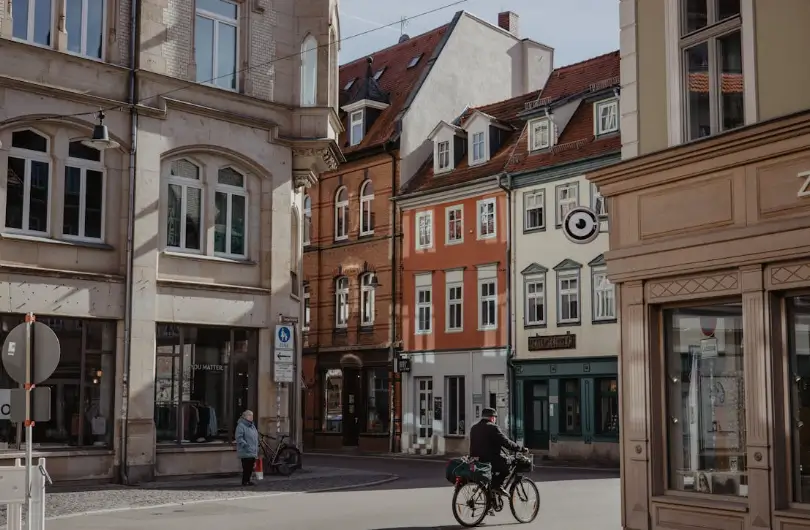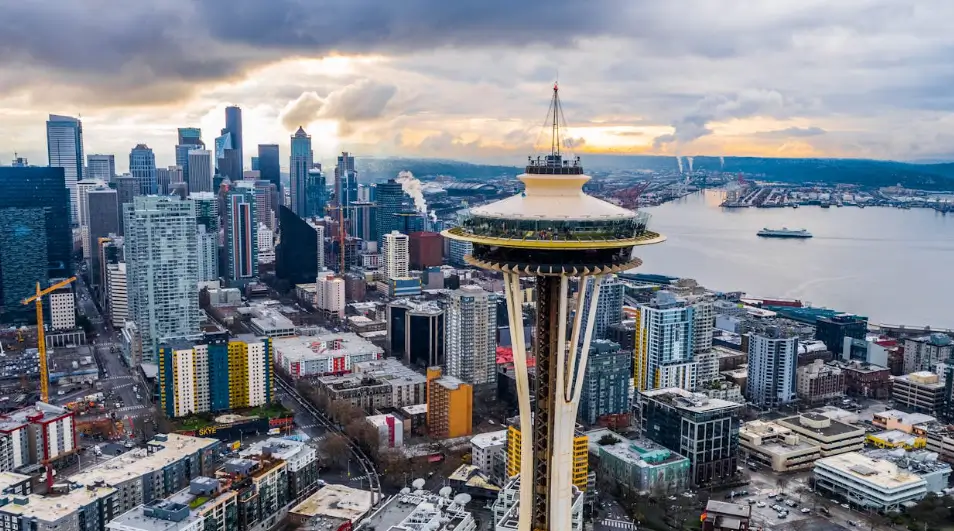Costs of Affordable Infill
Everyone wants more affordable housing. Everyone says they support walkable neighborhoods, density near transit, and infill that prevents sprawl. But when it comes to actually building it—especially in existing neighborhoods—the support starts to evaporate. Quickly. And even when the political will does exist, the hidden costs of affordable infill projects quietly pile up, buried in codes, processes, and politics.
It's tempting to think that affordable infill projects are strictly challenged by their design.
But they're not.
The true challenge of affordable infill lies in the systems themselves.
And I'm not just referring to the zoning of a property. In fact, the zoning might be in place, the land might even be available. But the barriers emerge in other ways.
Long entitlement timelines slowly kill small-scale projects. Design requirements meant to ensure compatibility often result in units that cost too much to ever be truly affordable. Neighbors might say they support affordable housing in principle, but they still show up to complain about parking or "neighborhood character."
And then there's the infrastructure. A parcel might be zoned for multifamily, but once a developer submits their plans, surprise: the stormwater system needs a $100K upgrade. Or the fire department requires an additional hydrant. Or a utility extension. Suddenly, a viable project becomes economically impossible.
In many cities, small affordable infill accounts for a tiny share of new housing starts—not because the demand isn’t there, but because the path to get it built is so unforgiving. Infill development represents only a small percentage of housing production in urban areas, largely due to regulatory complexity, financing hurdles, and construction inefficiencies.
Even if a project survives entitlements and review, it might still die at the bank. Lenders tend to favor large, conventional multifamily buildings. A small six-unit walk-up over a vacant lot? That’s often seen as risky, especially if it’s affordable. Financing is yet another hidden barrier that planners rarely see, but it's just as real.
Insurance costs and legal liabilities can also weigh heavily on small, community-driven projects. Without the robust legal backing that large developers enjoy, small teams often face higher premiums and less flexibility when it comes to insuring the construction and management of their developments.
Speaking of construction.
Construction costs are also a very real problem. Ironically, building small often costs more. Per-unit costs go up, not down. Contractors charge more per door. Site prep doesn’t scale down. And cities rarely offer the kind of fee reductions or expedited reviews that might level the playing field.
Oh, and let's not forget impact fees. These are often flat fees—$10,000 here, $15,000 there—for hookups and infrastructure. A 100-unit developer can spread that out. A fourplex can’t. Flat fees, unscaled to project size, quietly penalize the very housing types we say we need more of.
These are the hidden costs of affordable infill. The kind of costs that don’t show up in glossy renderings or comp plan vision statements. But they are just as real, and they disproportionately hurt the kind of development we need most: small-scale, mission-driven, and locally grounded.
Affordable housing nonprofits know this well. They navigate permitting processes that seem designed for national developers. They fight for waivers, only to face higher scrutiny than their for-profit counterparts. They work with shoestring budgets, volunteer boards, and an ever-changing policy landscape—all while trying to house people who can’t afford to wait.
The burnout is real. Some community developers report spending years on projects that never get past permitting—despite local plans that claim to support them.
Built for the Big Guys
Now all of this may sound like our system specifically targets small-scale affordable housing infill. But the reality is that it's not so much that our review systems are hostile to affordable infill—at least not intentionally. On paper, requirements apply to all developments, so they are perceived as fair. That’s just on paper. The fact is that these requirements are normally built for someone else. Timelines, requirements, and review processes are often designed with large, market-rate developers in mind: firms with full-time legal teams, access to capital, and consultants who speak fluent permitting. But see, that’s not who’s trying to build the duplex down the block or a six-unit co-op on a church-owned lot. Those projects are often initiated by local nonprofits, community land trusts, or even passionate residents. And when those small actors step into the system, they hit every tripwire because the system assumes they’re giants.
Here’s the truth most city staff won’t say out loud: our systems are calibrated for big developers. Everyone else has to duct-tape their way through.
So what can we do?
We can start by reforming the design review process to focus on community benefit. We can fund pre-development costs for small and nonprofit developers. We can rethink flat fees and permit costs, scaling them based on the size and impact of a project rather than applying blanket figures that cripple small efforts. We can explore ways for cities to support small-scale infill financing—whether that’s through loan guarantees, dedicated housing banks, or partnerships with mission-driven lenders. And we can train planners to act not just as regulators, but as guides who help small developers navigate a system that wasn’t built for them.
Planners are often the first (and only) point of contact these small developers have. The difference between a stalled project and a successful one can come down to whether that planner felt empowered to help or just obligated to enforce.
If we want affordable infill, we have to stop treating it like an exception. We have to recognize that the small stuff—setbacks, hydrants, compatibility standards, neighbor emails—adds up. And for too many good projects, it's death by a thousand cuts.
%20(1200%20x%20237%20px)%20(300%20x%2059%20px).webp)





